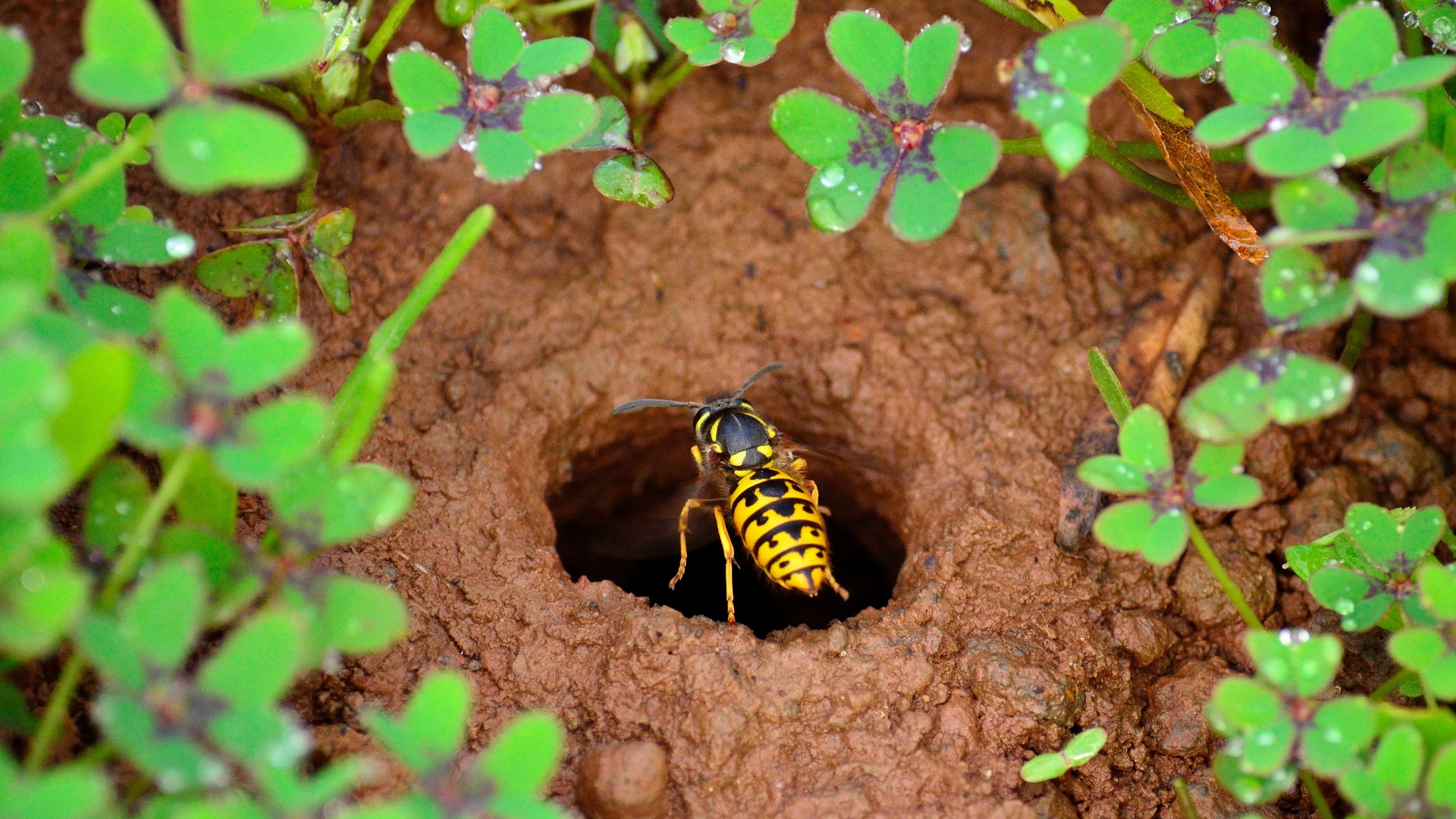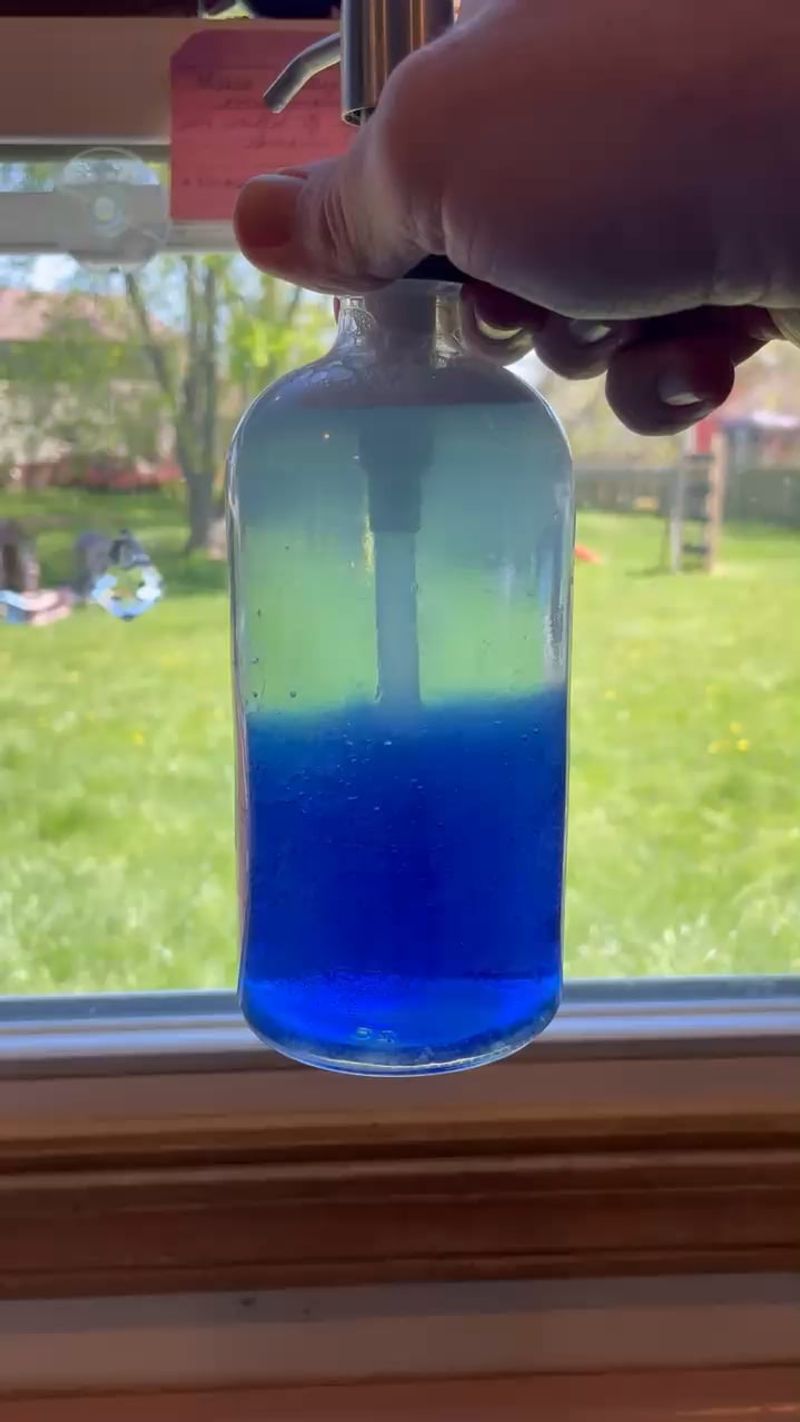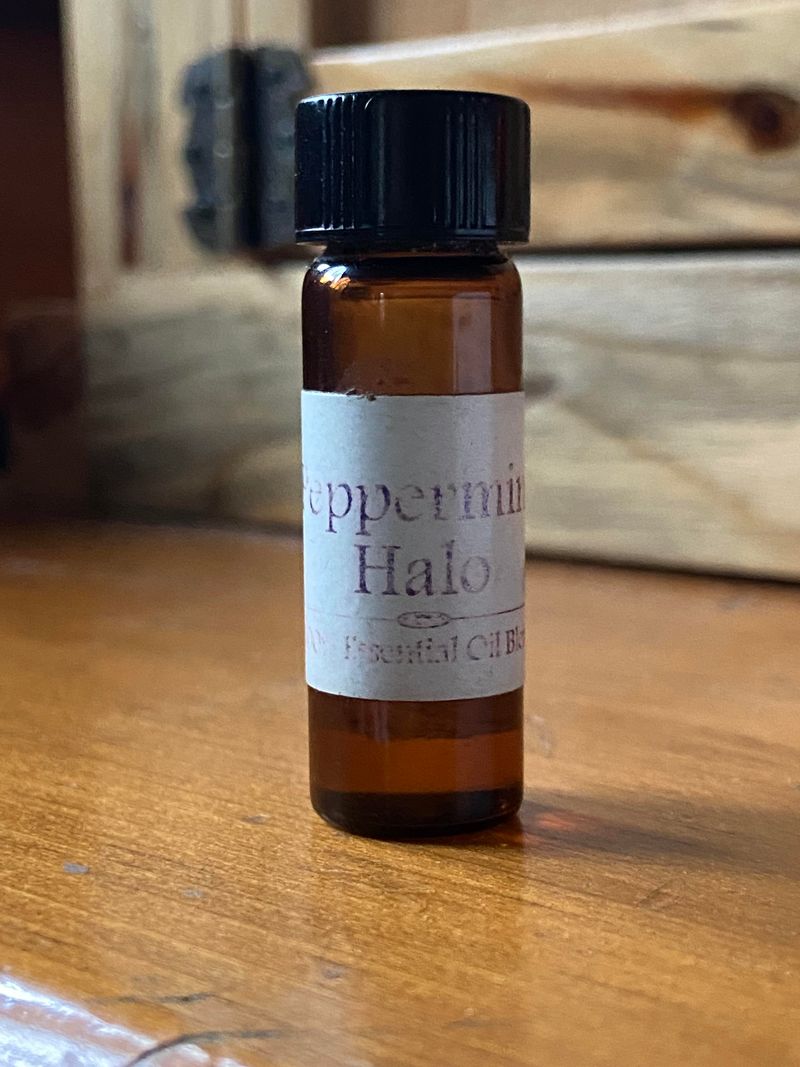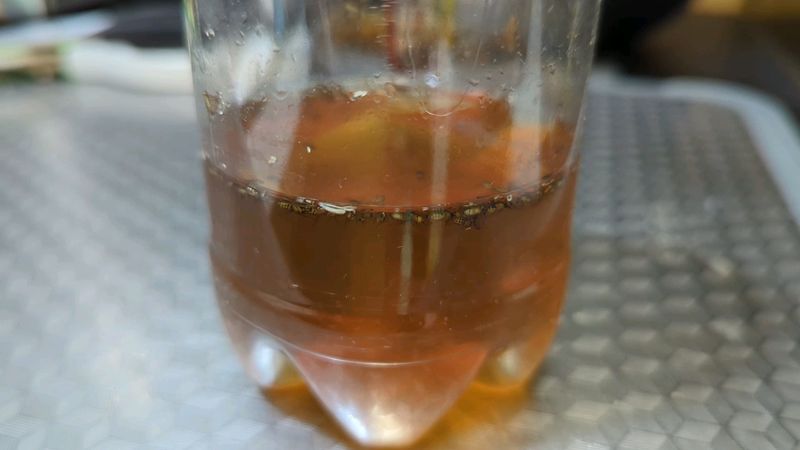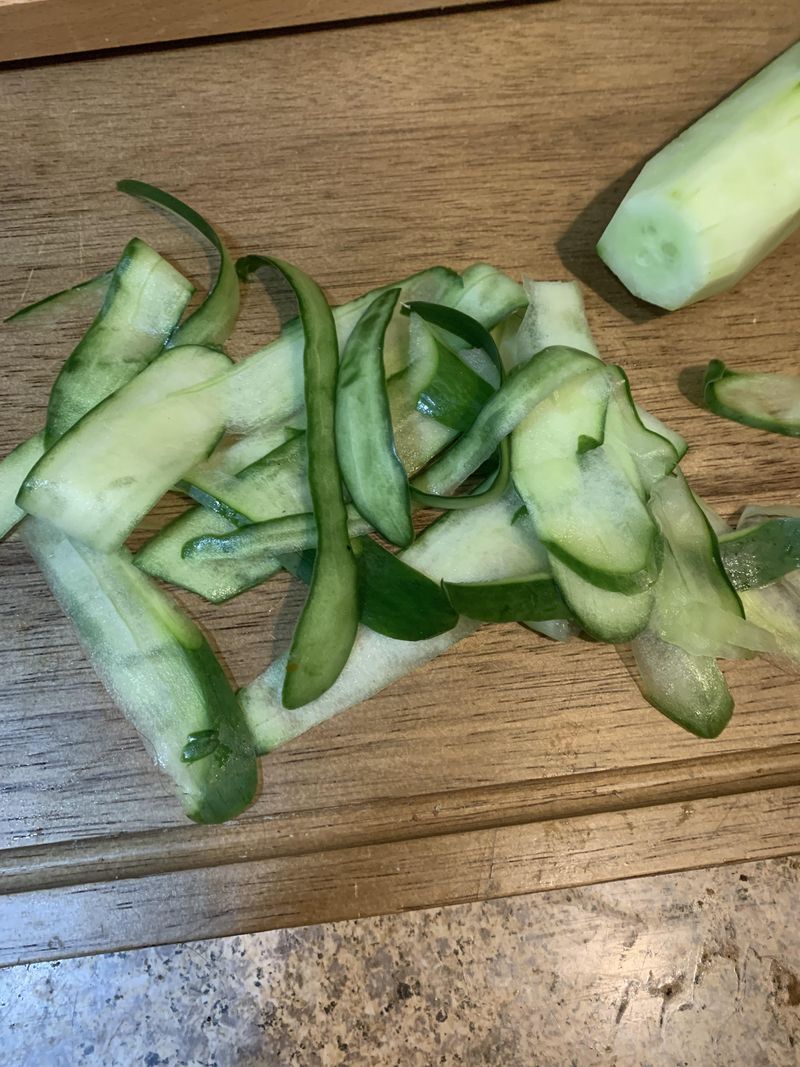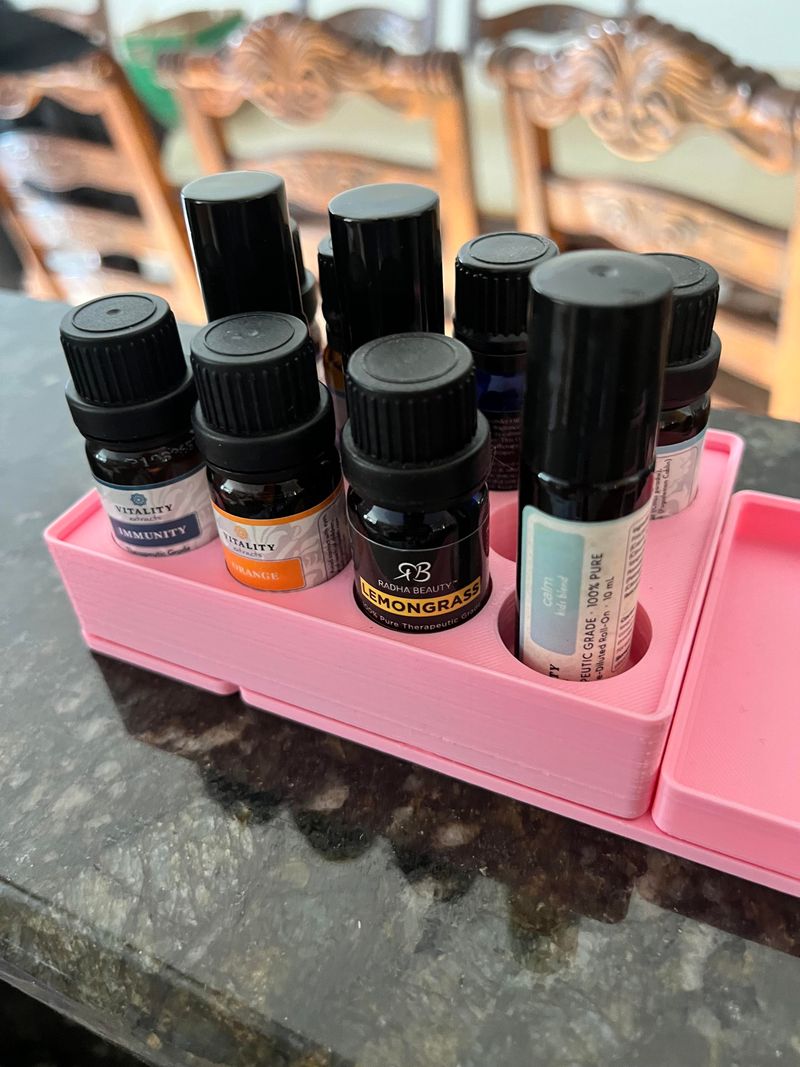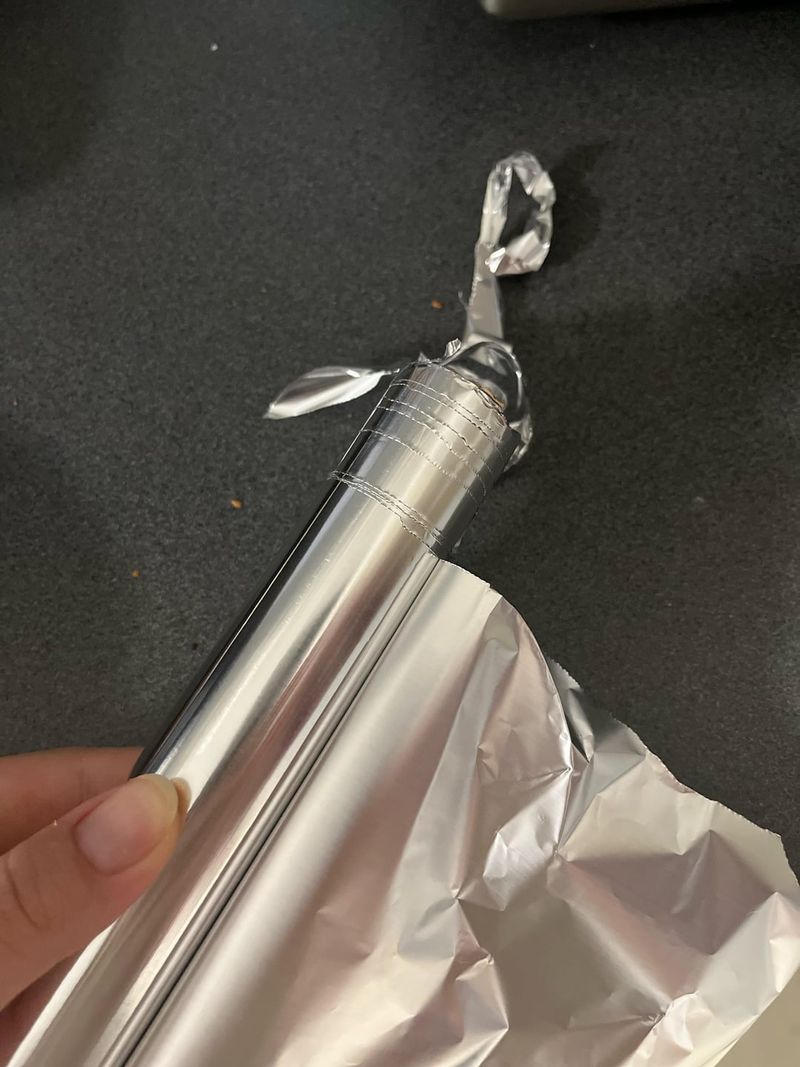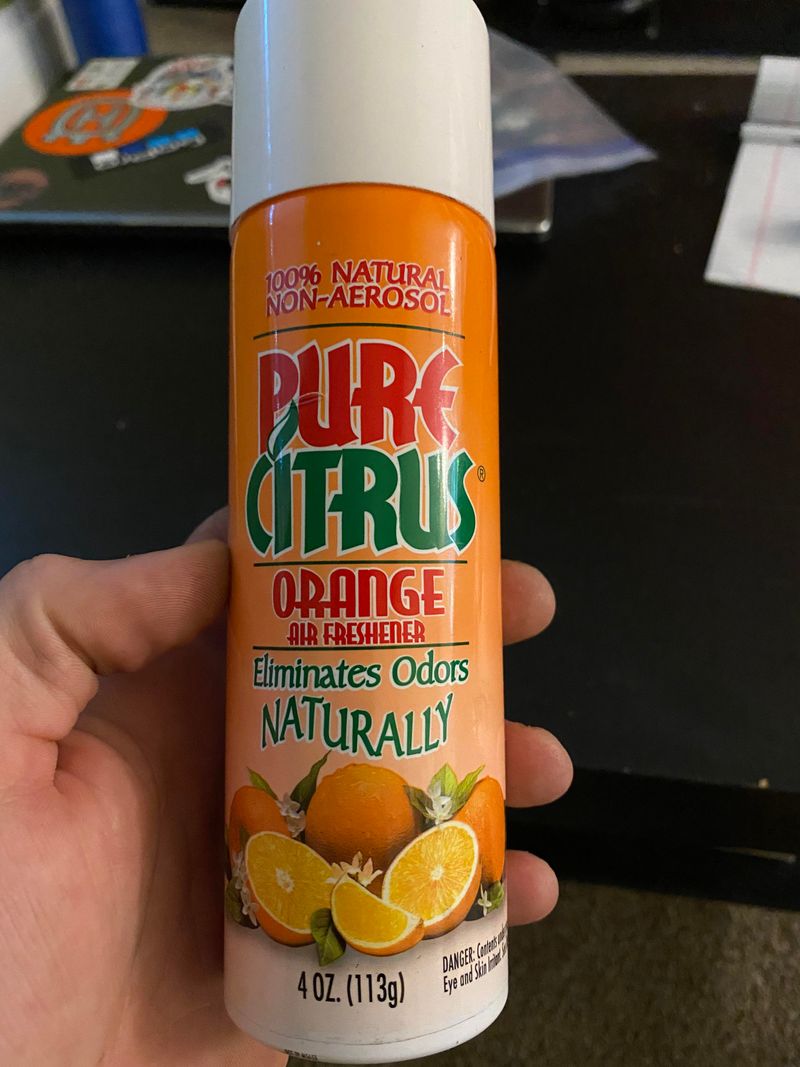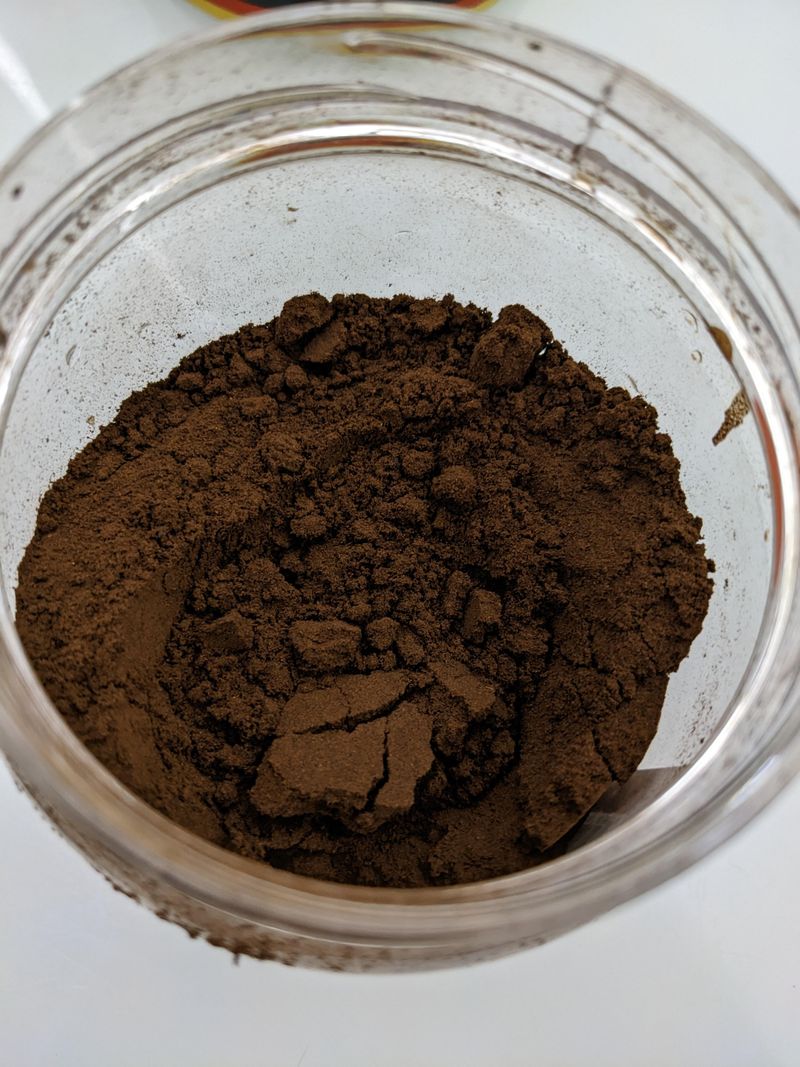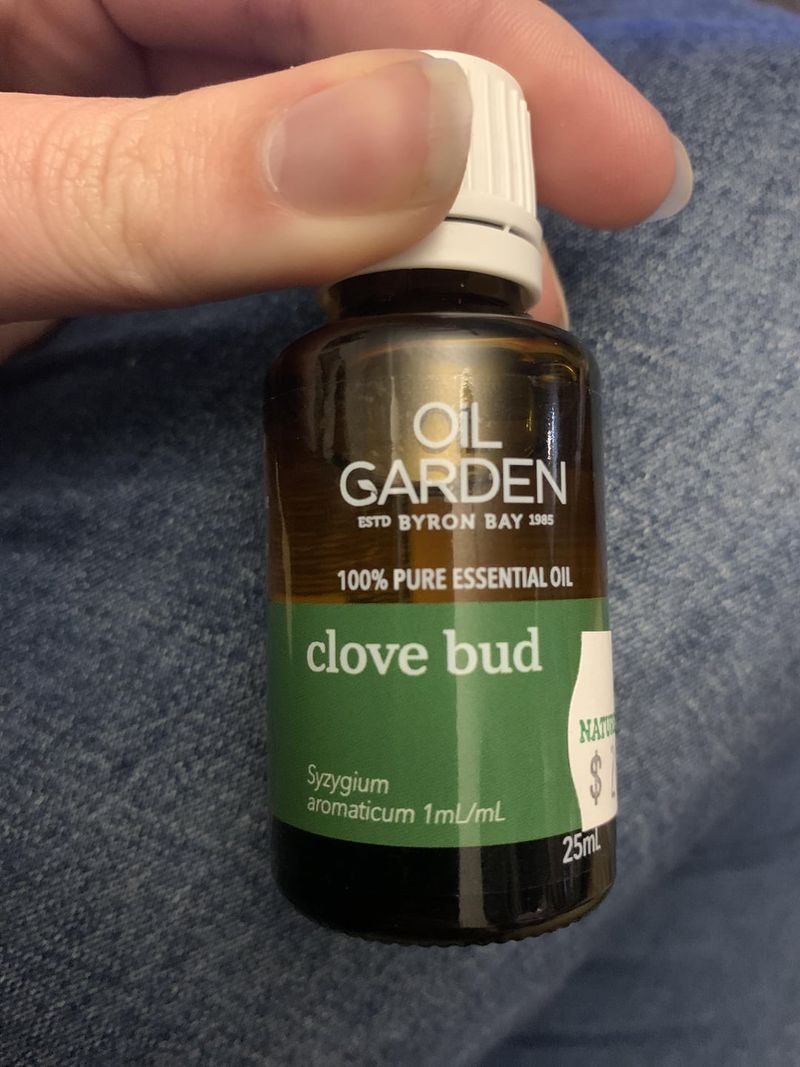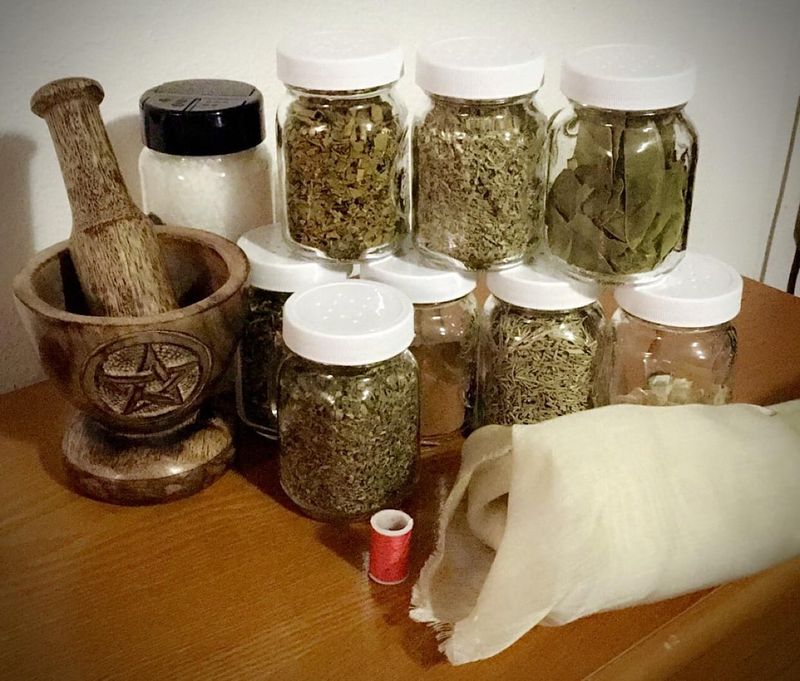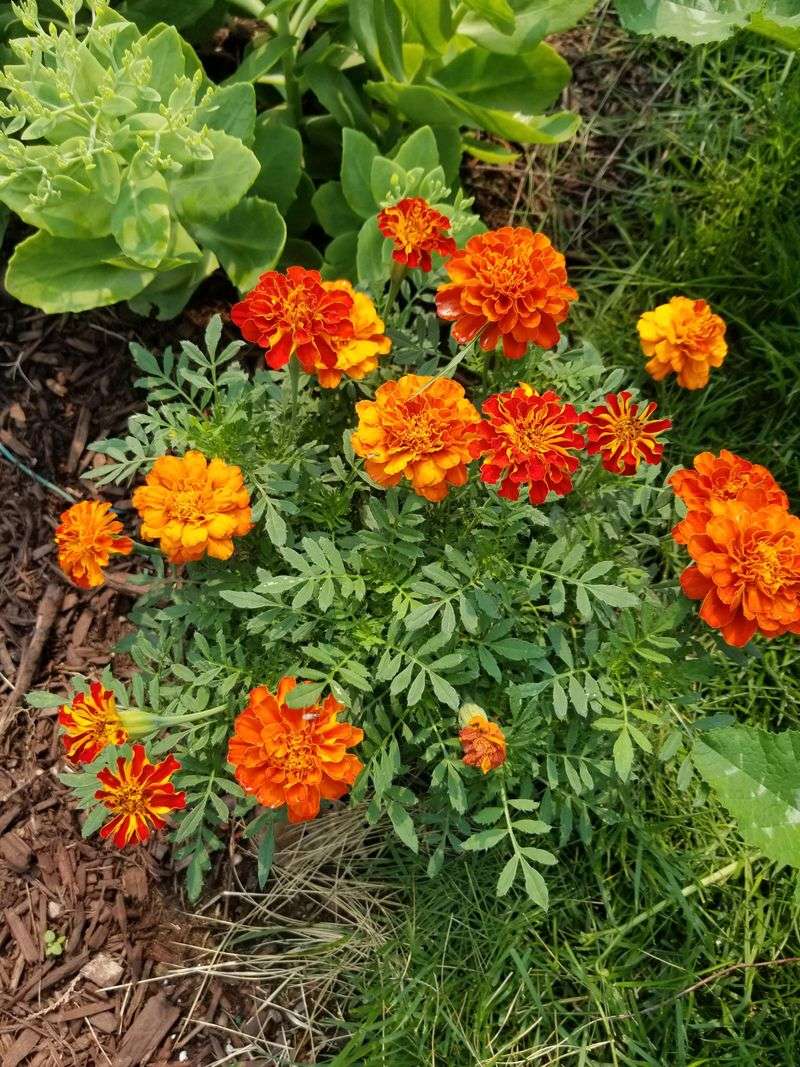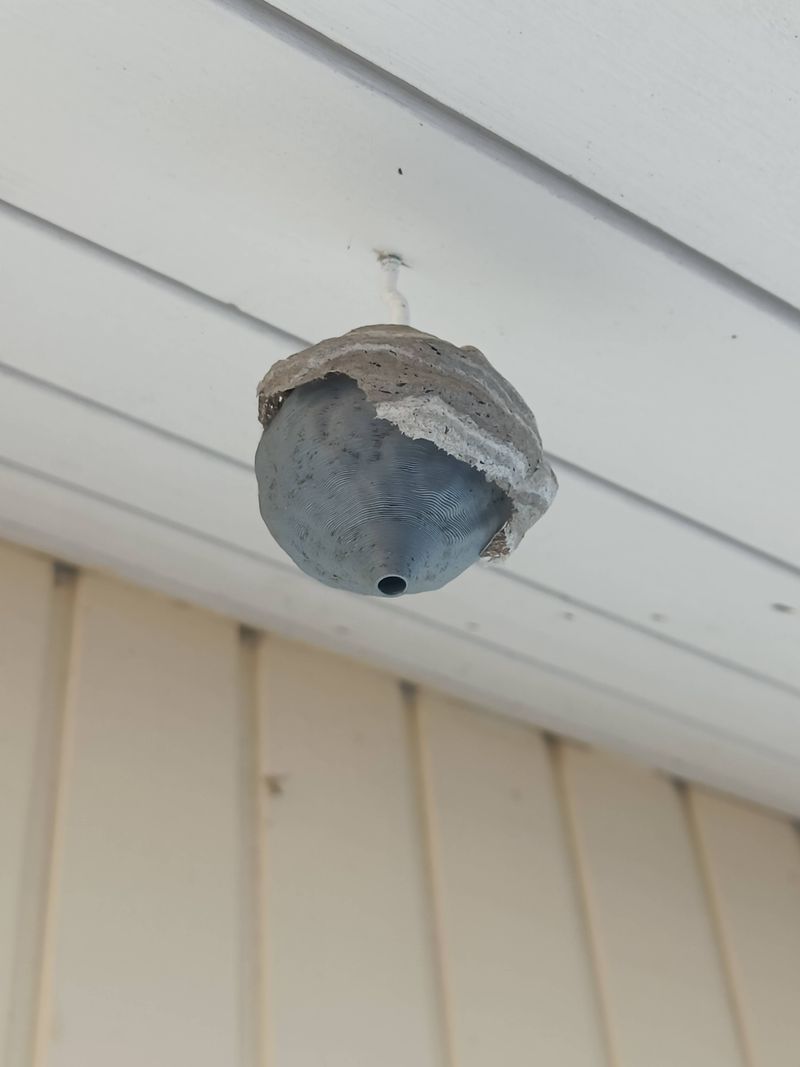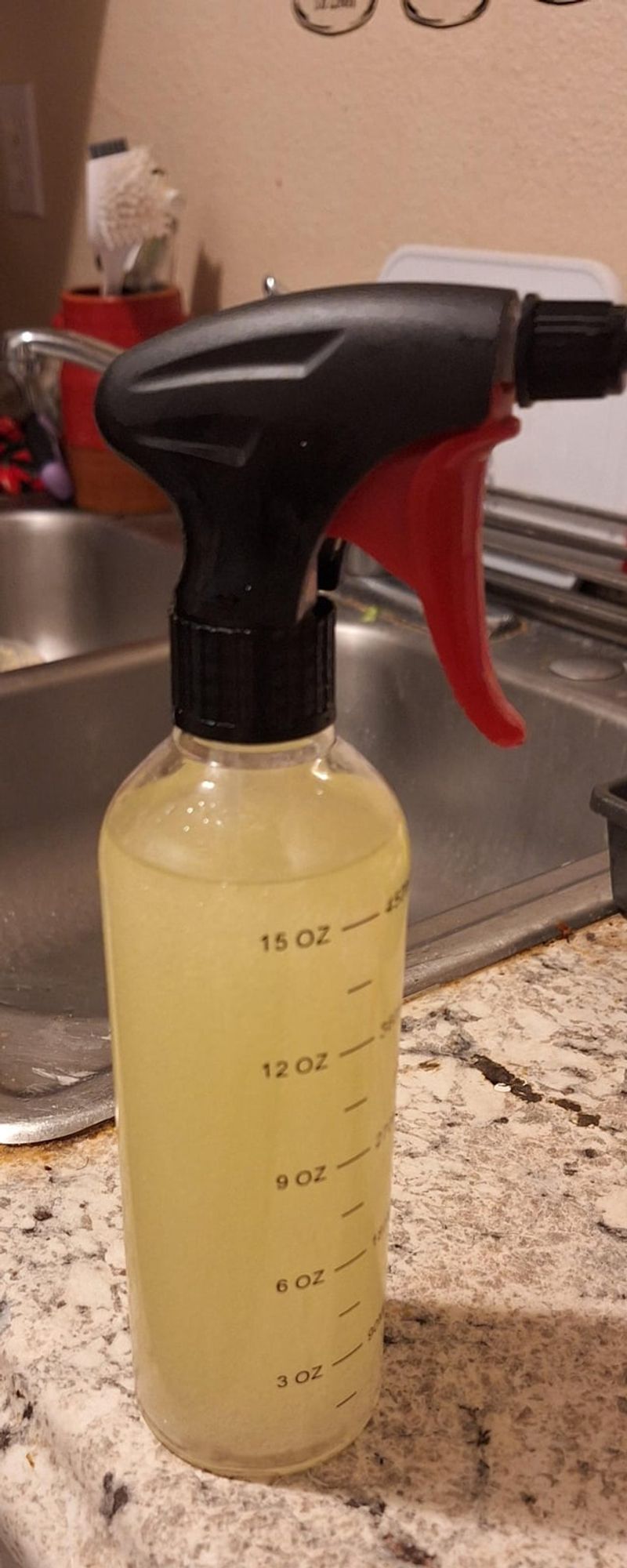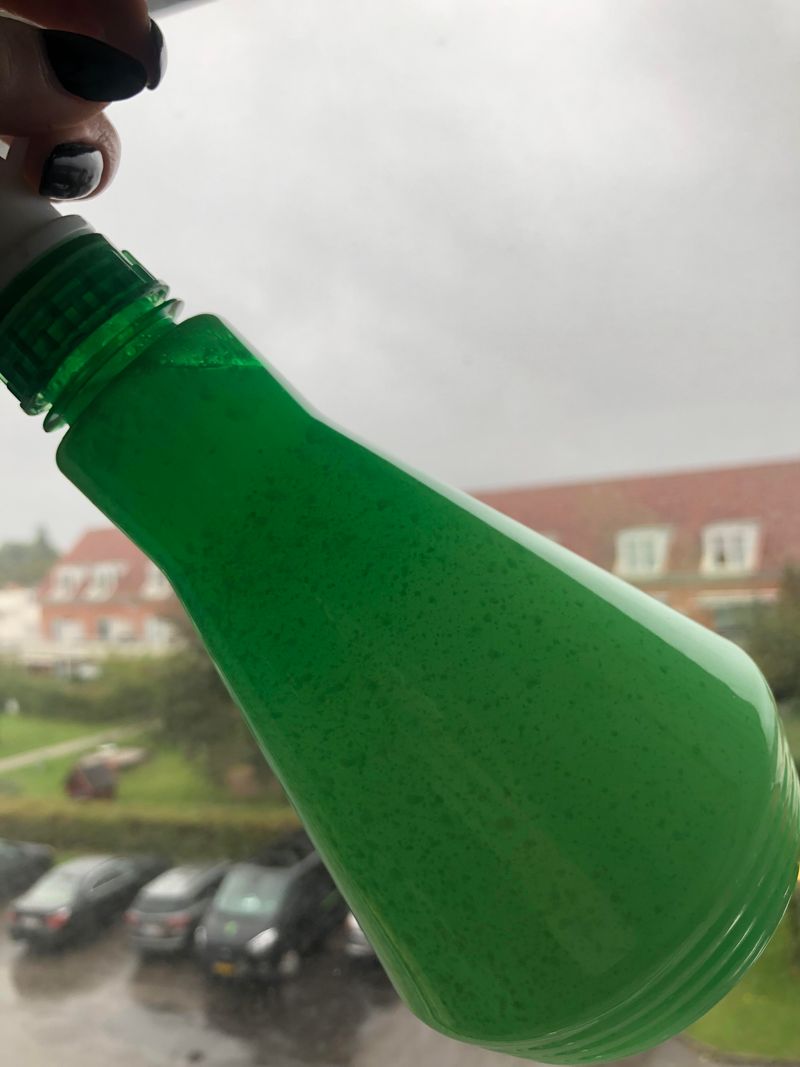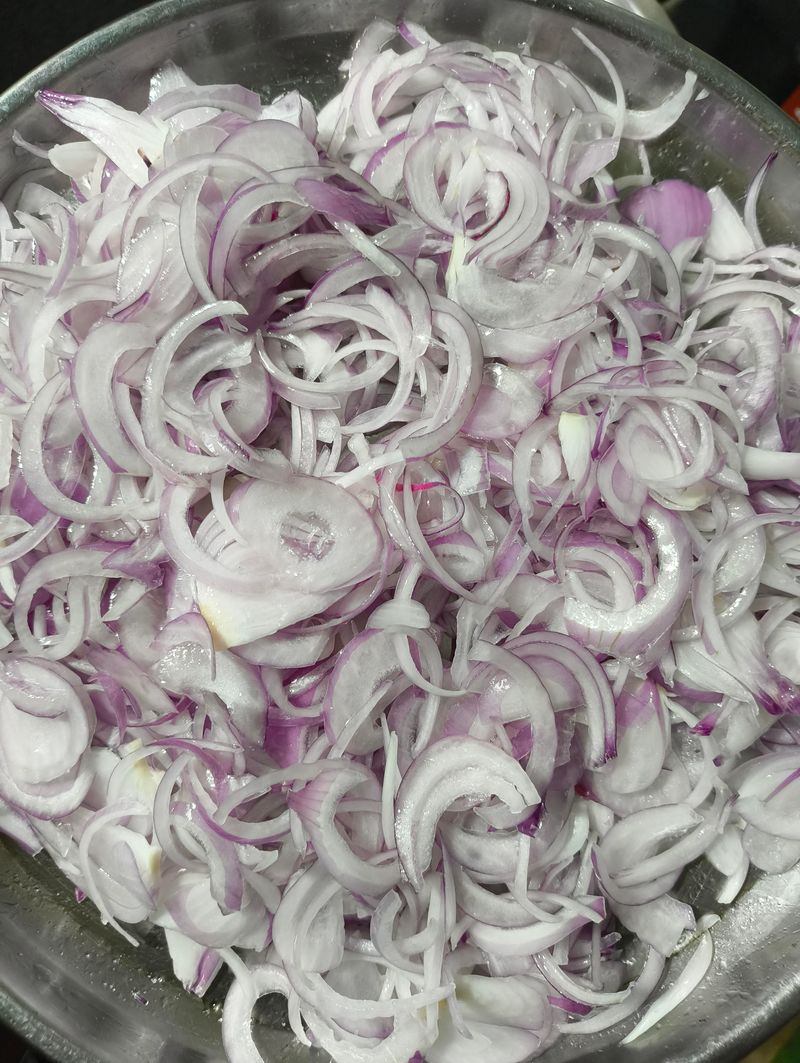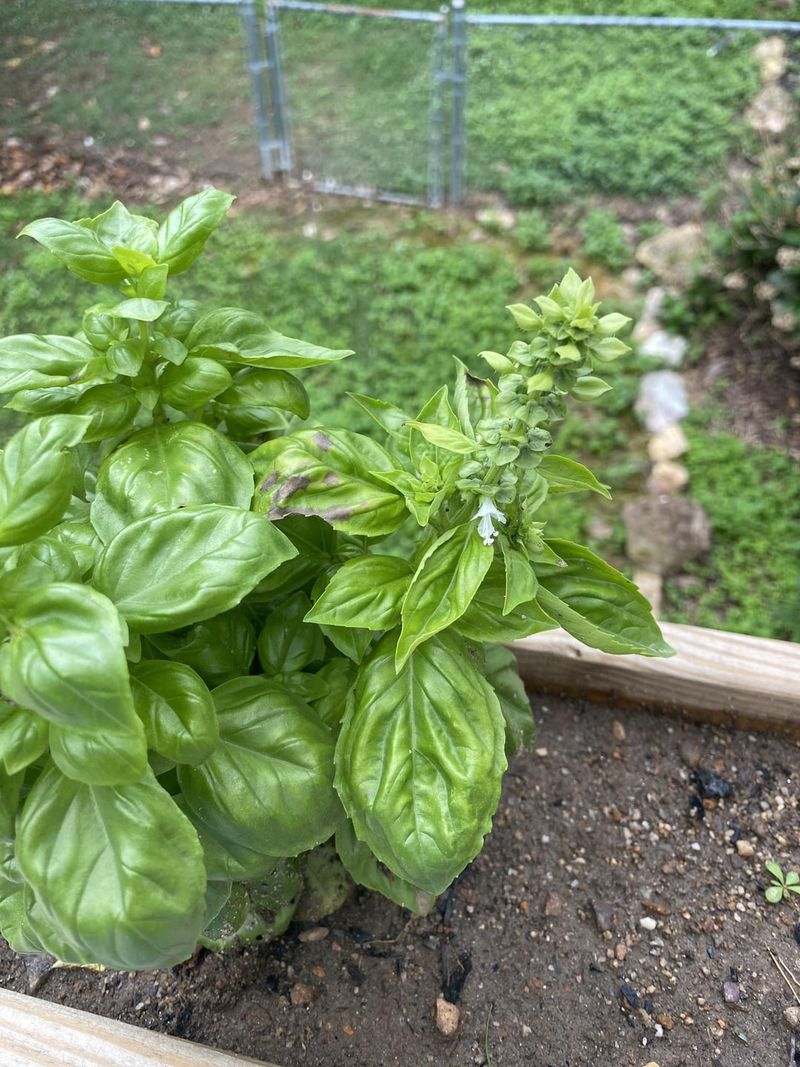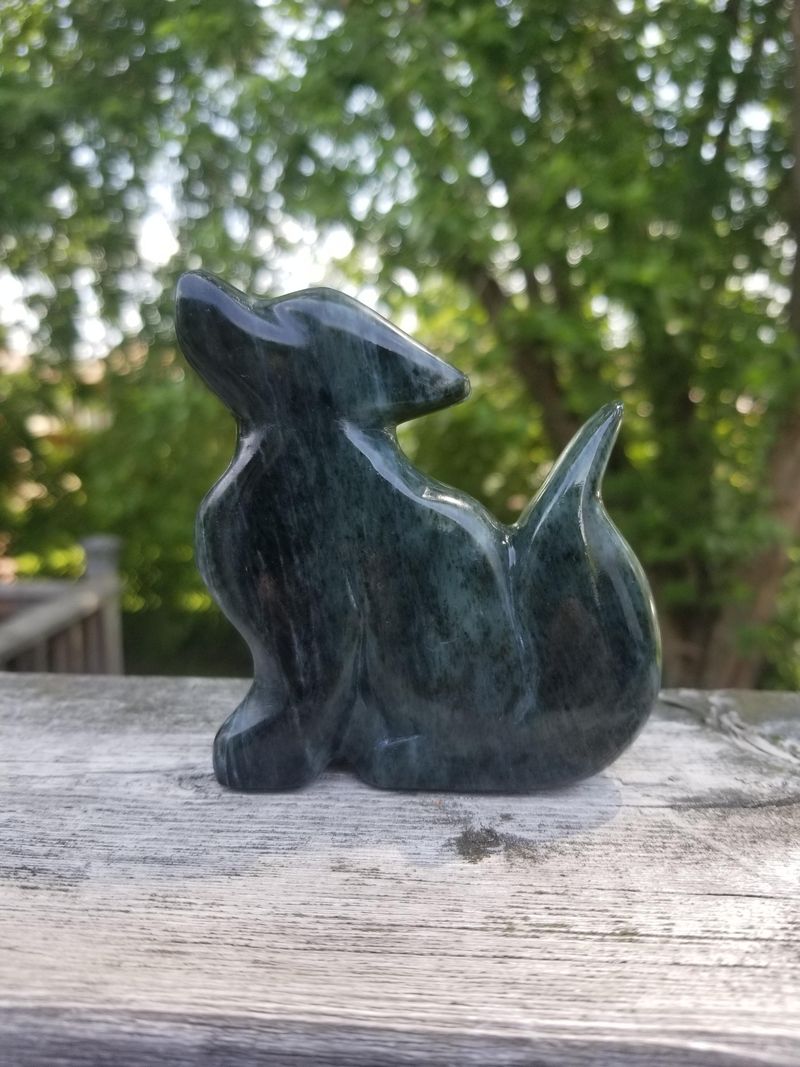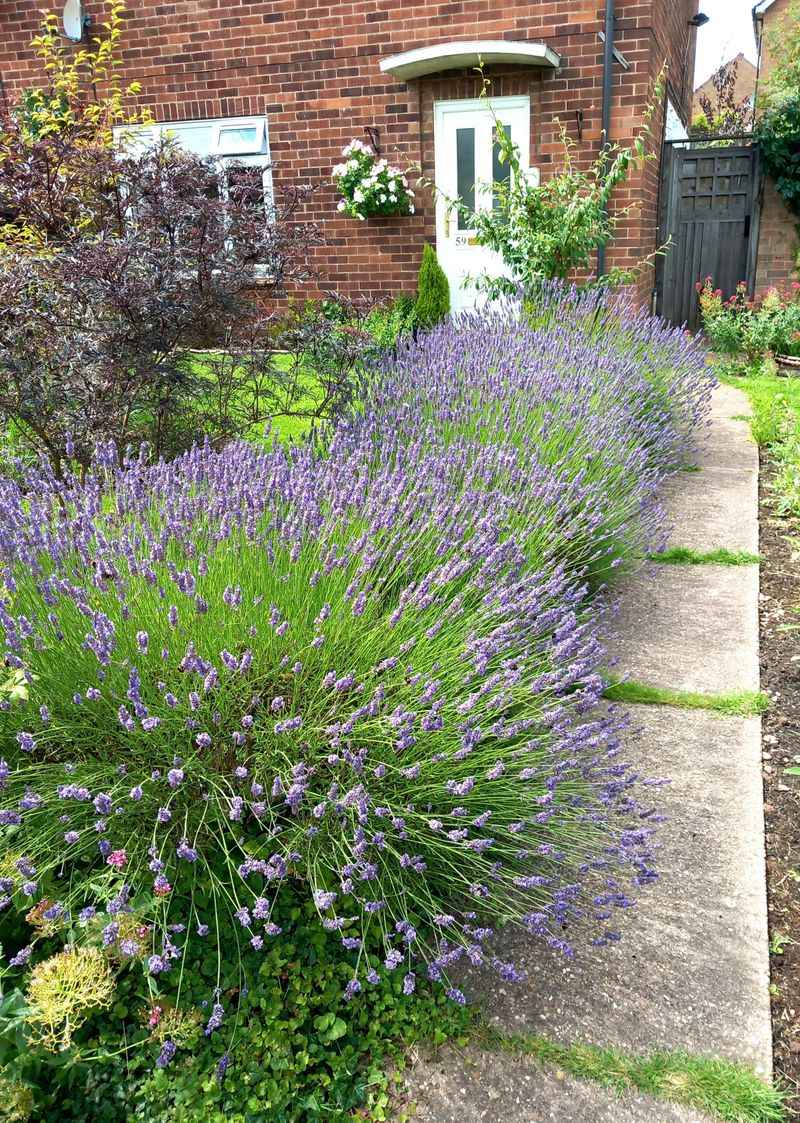Dealing with an underground wasp nest can be a little intimidating, but these 20 safe and effective methods will make it easier than you think.
Whether you’re a seasoned DIYer or a complete beginner, these tips will help you tackle the problem without putting yourself at risk. From natural remedies to practical tools, you’ll have everything you need to handle the situation with confidence.
Say goodbye to buzzing worries and hello to a wasp-free yard! Let’s get into the best ways to safely remove those nests.
1. Soap and Water Solution
The idea of using soap and water might seem too simple, but it’s surprisingly effective. This concoction works wonders by breaking down the wasps’ exoskeleton and causing them to dehydrate. As the sun sets and the wasps settle in, pour the solution into their underground lair.
This gentle approach doesn’t harm the environment, making it an eco-friendly option. You’ll find that the combination of soap suds and patience goes a long way. While a bit messy, it’s a safe way to discourage wasps from sticking around.
2. Peppermint Oil Repellent
Nature’s own peppermint oil is a fragrant deterrent that wasps find unpleasant. It’s like their version of a no-entry sign. Before you start, ensure you have a fresh-smelling solution mixed with water and a few drops of this oil.
Spraying it around the entrance of the nest is akin to setting up an invisible barrier. The refreshing scent appeals to us but sends wasps packing. This method is not just kind but ensures your garden retains its biodiversity without the risk of harsh chemicals.
3. Vinegar Trap
Recycling takes a crafty turn with the vinegar trap. By repurposing an old bottle, you create a dive bar for wasps that they can’t resist. Cut the top, invert it, and fill the bottom with vinegar.
The wasps are drawn to the scent, entering eagerly but unable to escape. It’s a simple yet effective method, capturing them ethically. The bonus? It’s a nifty conversation starter for garden guests intrigued by your ingenuity.
4. Cucumber Peels
Who knew cucumbers could be more than just a refreshing snack? Their peels emit a scent that’s off-putting to wasps, acting as a natural deterrent. Scatter these green strips around the nest entrance in the early morning.
The surprising twist is their efficacy in discouraging wasps without any harm. Not only do you get to enjoy a healthy snack, but you also contribute to an eco-friendly garden solution. It’s a small step with a big impact.
5. Essential Oil Blend
Harnessing the power of essential oils is akin to brewing a magic potion. A blend of oils like clove, geranium, and lemongrass becomes an aromatic shield against wasps. Mix with water in a spray bottle, and it’s ready to go.
This method is as much about the experience as the result. Not only does it repel wasps, but it fills your garden with a delightful scent. It’s a method that stands out for its simplicity and aromatic charm.
6. Aluminum Foil
Aluminum foil isn’t just for the kitchen anymore. Its reflective surface can confuse and deter wasps from their usual flight path. Place pieces over the nest entrance, and watch them buzz elsewhere, puzzled by the shiny obstruction.
This approach is as simple as it is clever, utilizing common household items for an eco-friendly wasp deterrent. It’s a testament to how everyday items can handle pesky situations, shining a new light on old problems.
7. Citrus Spray
Citrus fruits are not just refreshing for us but a natural turn-off for wasps. Create a spray by boiling citrus peels and using the cooled water. The tangy aroma acts as a natural repellent.
Spritzing this around the nest entrance gives wasps a citrusy clue to relocate. This solution is not only effective but ensures you’re left with a sweet-smelling garden, minus the buzzing inhabitants. It’s a zesty way to ensure peace.
8. Bay Leaves
Bay leaves are more than just a kitchen staple; they serve as a natural wasp deterrent with their aromatic properties. Place these leaves strategically around the nest entrance to create an invisible barrier without resorting to chemicals.
The gentle aroma is pleasing to humans but sends wasps searching for a new home. This kitchen-to-garden transition showcases how everyday items can play a role in sustainable pest management. Enjoy a wasp-free zone with a hint of spice.
9. Ground Coffee
For wasps, ground coffee is an acquired taste they’d rather skip. Using coffee grounds as a deterrent is both creative and eco-friendly. Sprinkle these around the nest entrance, and let the aroma do the talking.
The scent, pleasing to us, is a natural repellent for wasps. This method capitalizes on recycling kitchen waste, turning it into a clever garden ally. It’s a win-win for coffee lovers and garden enthusiasts alike.
10. Clove Oil
Clove oil offers a potent fragrance that acts as a strong deterrent for wasps. Dilute a few drops in water and spray around the nest entrance. This potent potion is like a warning sign for wasps.
The aroma, while strong to them, is pleasantly spicy to us, making it a delightful addition to your garden’s sensory experience. It’s a method that elevates the garden ambiance while ensuring it remains wasp-free.
11. Herbal Sachets
Imagine a sachet full of dried herbs like mint and eucalyptus, acting as a gentle nudge for wasps to move along. Hang these near the nest, offering a subtle hint that it’s time to relocate.
These sachets not only serve their purpose but add a quaint charm to your garden decor. It’s a whimsical approach that balances aesthetics with functionality, ensuring wasps choose a new neighborhood without fuss.
12. Marigold Plants
Marigolds are more than just a pretty face in the garden. These bright blooms naturally repel wasps with their pungent scent. Plant them near the wasp nest and watch as the buzzing visitors decide to vacate.
The cheerful flowers bring color to your garden while serving as an important part of pest management. It’s a natural, vibrant way to handle wasps, ensuring your garden remains a peaceful retreat. Enjoy both beauty and functionality in one plant.
13. Camouflage Nest
Wasps are territorial creatures, often avoiding areas they believe are already claimed. By hanging a fake nest nearby, you trick them into thinking the spot is already occupied.
This clever tactic doesn’t harm the wasps but urges them to move to prevent potential conflicts. It’s a creative way to manage wasps without confrontation, keeping the garden a harmonious space for both humans and nature.
14. Cinnamon Powder
Cinnamon isn’t just for your morning latte; it’s a natural wasp deterrent with its strong scent. Sprinkle it generously around the nest entrance at dusk.
The spicy aroma disrupts the wasps’ homing instincts, encouraging them to seek a new abode. It’s a fragrant solution that leaves your garden smelling delightful, with the added benefit of being completely harmless to other wildlife.
15. Garlic Spray
Garlic’s pungent aroma isn’t just reserved for flavorful dishes; it also acts as a natural wasp repellent. Create a spray by soaking crushed garlic in water overnight, then apply around the nest entrance.
The strong scent serves as a clear signal for wasps to vacate, offering a simple, non-toxic solution. This method not only preserves the garden’s ecosystem but also ensures the wasps find a new home, far from your peaceful haven.
16. Neem Oil
Neem oil is renowned for its insect-repelling properties, making it a perfect ally in the garden. Dilute in water and spray around the nest entrance, creating a protective barrier.
The oil disrupts wasps’ reproductive cycles, gently encouraging them to move on. This method respects the garden’s natural balance, ensuring pests are managed with care and consideration. It’s a sustainable solution that fosters harmony with nature.
17. Onion Slices
Onions aren’t just for tears in the kitchen; they’re a surprising deterrent for wasps. Their potent aroma acts as a natural repellent when placed around the nest entrance.
This method not only deters wasps but also enriches your garden with an organic approach. It showcases how simple kitchen items can provide eco-friendly solutions, maintaining a healthy environment while encouraging wasps to move on.
18. Basil Plants
Basil’s aromatic leaves are not only culinary stars but also natural wasp deterrents. Planting basil near the nest entrance provides a subtle hint for wasps to relocate.
These plants enhance the garden’s aesthetics while playing a crucial role in pest management. It’s a harmonious blend of function and beauty, ensuring your garden remains a serene space free from unwanted buzzing.
19. Soapstone Figures
Soapstone isn’t just for art; its smooth surface can be a clever distractor for wasps. Arrange figures near the nest to confuse their navigation.
This artistic approach doesn’t harm but subtly persuades wasps to explore elsewhere. It adds a decorative touch to the garden, blending creativity with practicality, transforming your space into both a gallery and a peaceful retreat.
20. Lavender Sprigs
Lavender’s calming scent is a delight for humans but a deterrent for wasps. Placing sprigs around the nest entrance creates an aromatic barrier that encourages relocation.
This method not only keeps wasps at bay but fills your garden with a soothing fragrance. Lavender’s dual role as a beauty and functional force highlights nature’s ability to balance pest control with serene charm.

